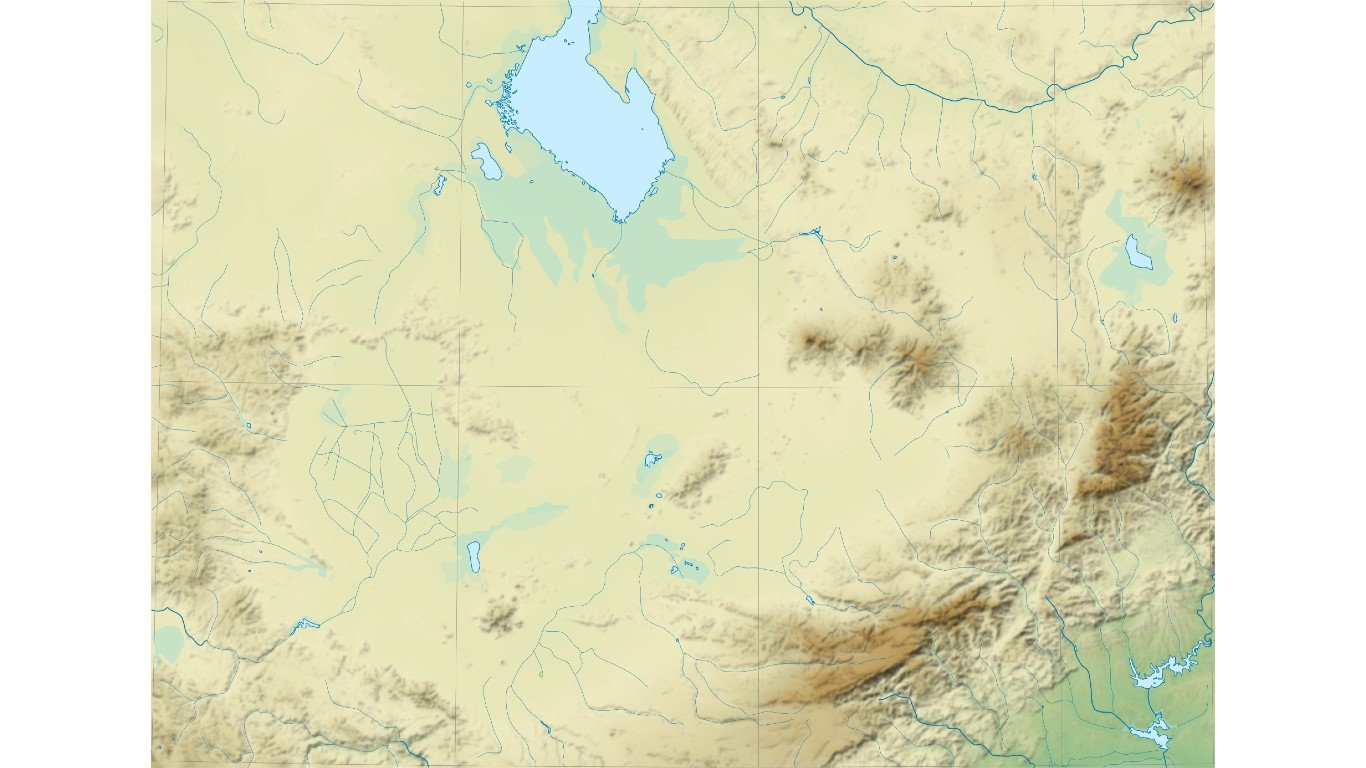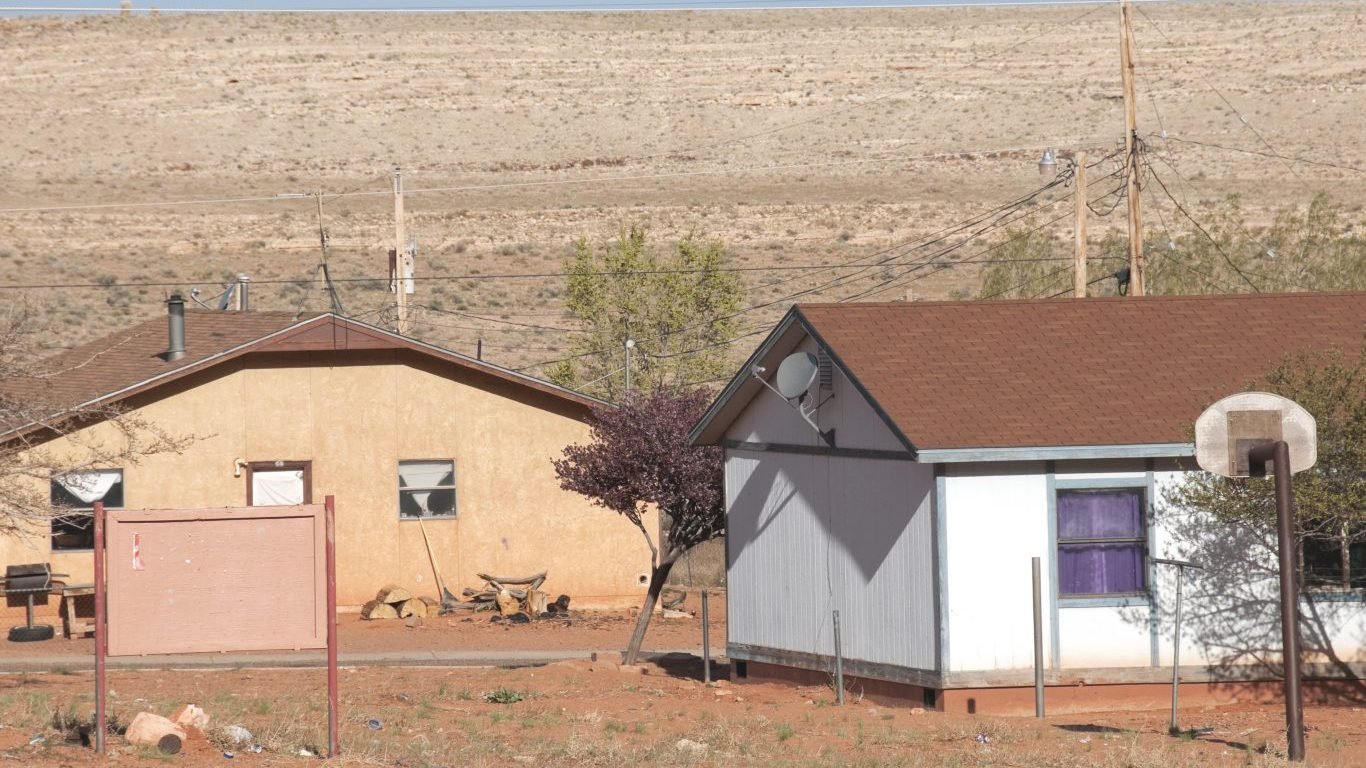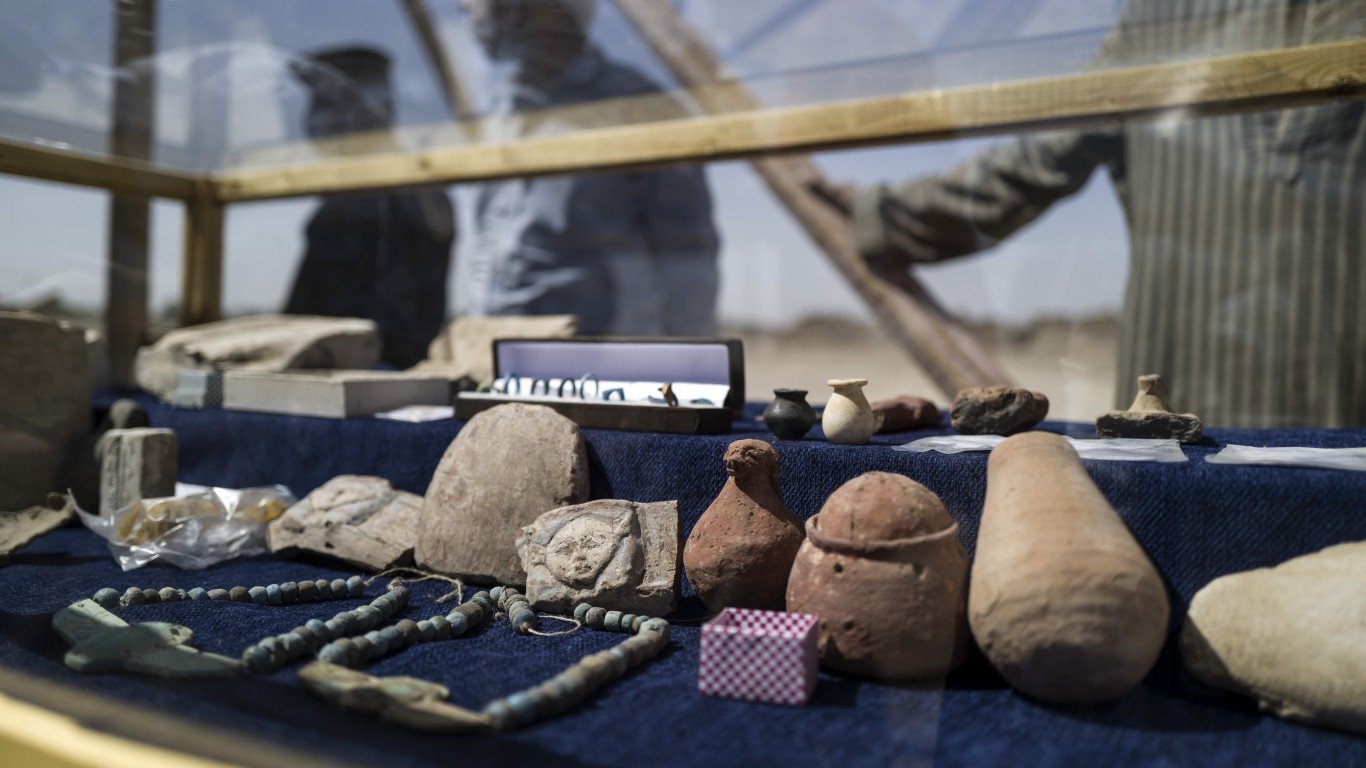

In September of 2020, while searching for a funerary temple of Tutankhamun, a team of Egyptian archaeologists stumbled upon a remarkably well-preserved city buried under the sand near Luxor. As they began to excavate mud brick walls and countless rooms, they realized they had found a city called “the Dazzling Aten” or “the rise of Aten,” which is the largest ancient city ever to be uncovered in Egypt.
It’s not every day that a whole ancient city is discovered. Many scientists and hobbyists spend their lives looking for ancient “lost cities” that are referred to in historical texts but whose locations have not been identified in the modern era.
Technologies like LiDAR and satellite imaging have made this easier in the 21st century. LiDAR, which stands for light detection and ranging, is a laser sensing technology that is used to create topographical images of the earth. Drones mounted with LiDAR have been used to discover hundreds of ancient structures that are currently buried in dense forest or sand.
To determine 24 ancient cities discovered in the 21st century, 24/7 Tempo pored over archeological and science news reports and journals including Phys.org, and History.com.
The discovery dates given in our list most often correspond to the first archaeological excavation of a site. For sites which had been partially discovered earlier, the discovery date corresponds with the newest mapping of the site as a whole, wherein a city center or major settlement was identified. Some sites were previously known to locals or witnessed at an earlier date by someone who was not able to provide evidence of the location.
Click here to see ancient cities discovered in the 21st century
Some of these cities were uncovered during the building of a road, subway, or housing development, and were able to be saved as the construction was halted or diverted. Others have become UNESCO world heritage sites. (These are UNESCO world heritage sites in grave danger.)
Whether they were destroyed by natural disasters like tsunamis, or simply abandoned, these ancient cities remained undetected for hundreds or thousands of years before being rediscovered in the 21st century. (Here are 25 ancient civilizations that were destroyed by natural disasters.)
Heracleion
>Location: Egypt
>Dates to: 12th century B.C.
>Discovered: 2000
Heracleion, also known as Thonis, was an Egyptian port city that thrived between the 6th and 4th centuries B.C., before it succumbed to rising sea levels, earthquakes, and flooding, eventually sinking into the Mediterranean Sea. In 2000, after five years of seeking the ruins, French underwater archaeologist Franck Goddio laid eyes on Heracleion. Subsequent excavations of the site have uncovered numerous ships, ceramics, a Greek temple, baskets containing palm fruits, and bronze statues.
[in-text-ad]
Helike
>Location: Greece
>Dates to: Bronze age
>Discovered: 2001
Founded in the Bronze Age, Helike was a Greek city-state on the coast of the Peloponnese peninsula that sank after an earthquake and tsunami struck the city in 373 B.C. Since the mid 19th century, numerous efforts have been made to locate it. Finally, in 2001, a search team of the Helike Project found the city buried in a lagoon. Clay tiles, cobblestones, and pottery have been uncovered, all showing evidence of earthquake damage.
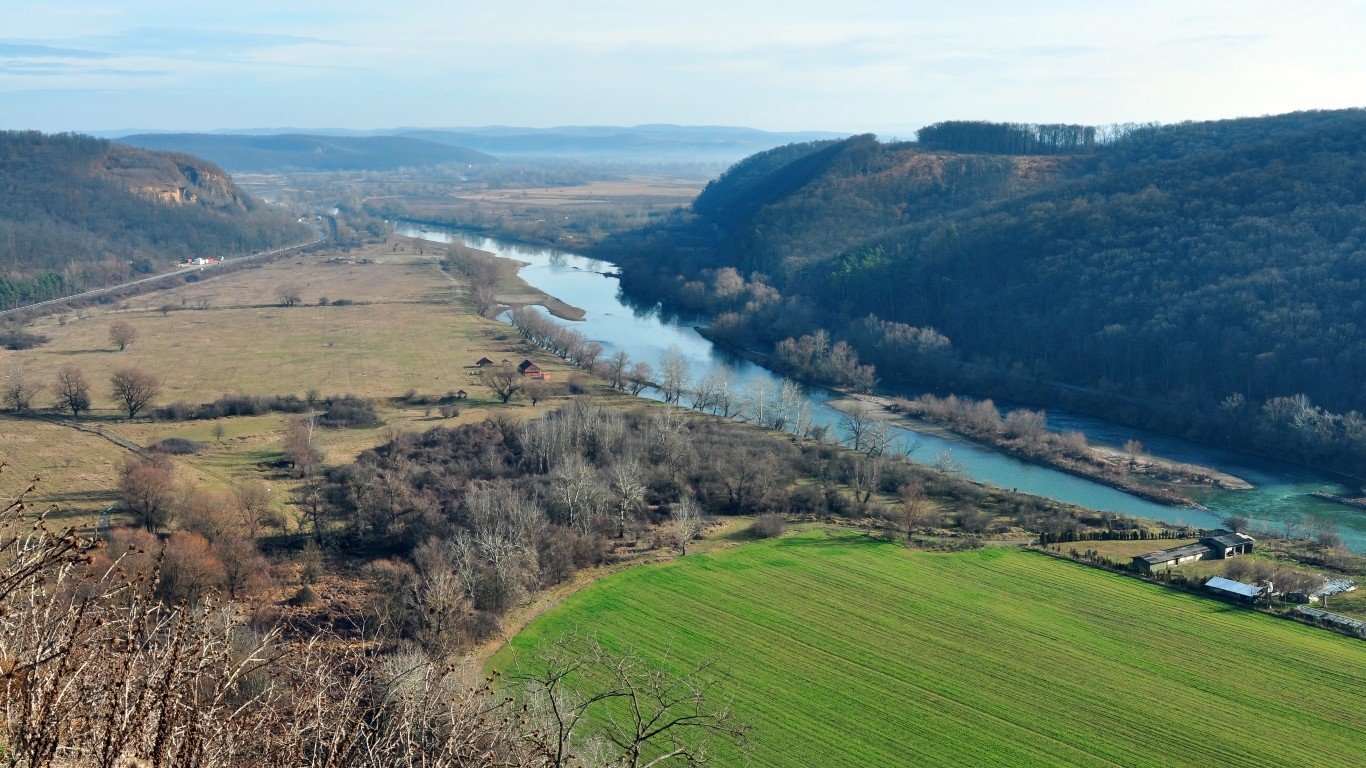
Unnamed Mures River city
>Location: Romania
>Dates to: Bronze age
>Discovered: 2009
Since 2009, Romanian and German archaeologists have been excavating a prehistoric fortified city that has been dubbed the “Troy of the Carpathians.” The nearly 200-acre city was built of soil and wood, and may have been the capital of the area between the 14th and 12th centuries B.C. Research has uncovered evidence of war and the conquest of the city, as well as many bronze farming implements.

Unnamed bead-making settlement
>Location: Florida, USA
>Dates to: 900
>Discovered: 2010
Along an uninhabited stretch of the Gulf Coast of Florida, the Raleigh Islands were once home to a culture that produced gastropod shell beads and used them as currency. Although researchers had previously been aware of this culture’s existence, a major discovery came in 2010 when a drone with LiDAR sensors created a detailed topographical map of the area, revealing the architecture of the settlement. The town contains 37 residence compounds, outlined with rings of piled oyster shells, and evidence of high output bead production.
[in-text-ad-2]
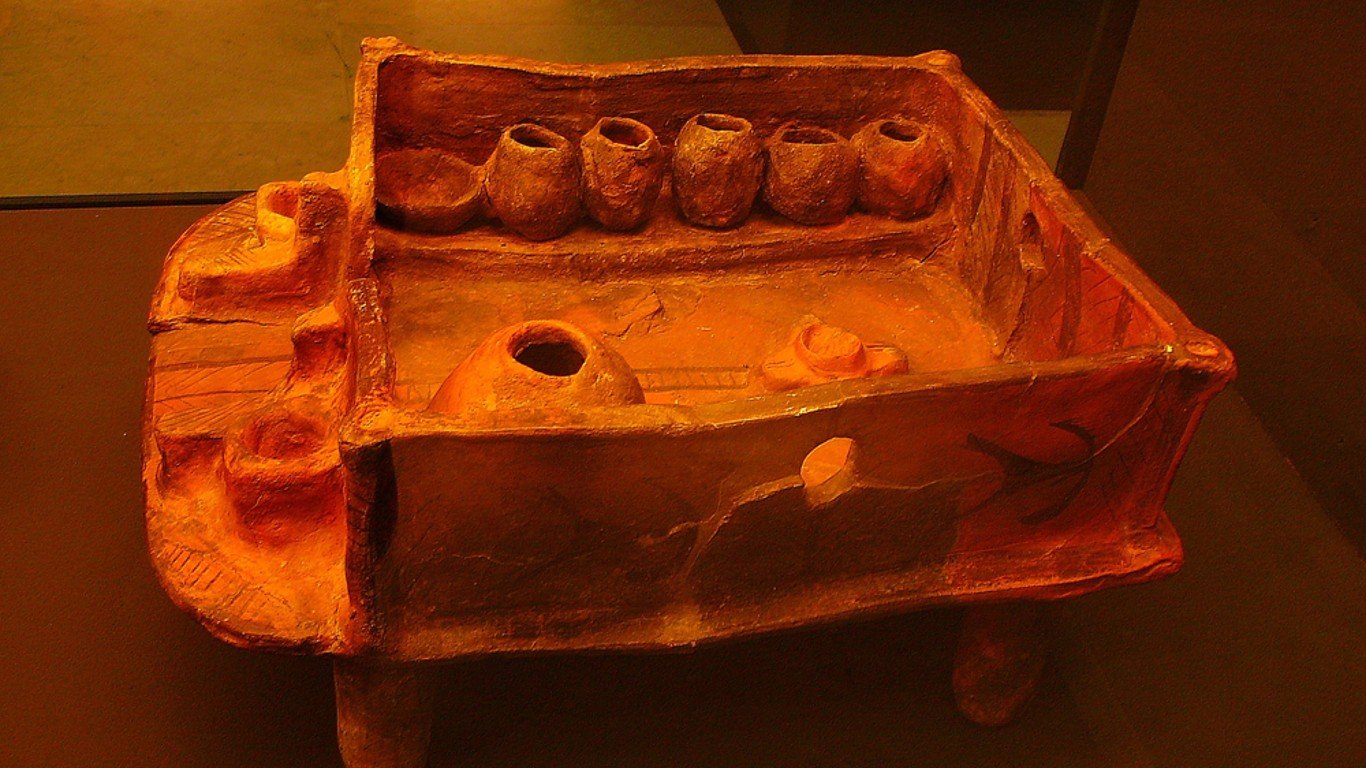
Unnamed Cucuteni-Trypillian city
>Location: Romania
>Dates to: 5000 B.C.
>Discovered: 2011
In 2016, Romanian archaeologists uncovered what appears to be a huge 7,000-year-old temple complex of the Cucuteni-Tryptillian culture, a Neolithic culture that built high-density settlements sometimes containing up to 40,000 people. The complex is over 10,000 square feet and contains defensive structures and a wooden palisade. The temple, which is also theorized to have been the home of a tribal leader, is part of a larger 61-acre site that has been under excavation since 2011, and which contains houses, barns, silos, and earthen walls.
Mahendraparvata
>Location: Cambodia
>Dates to: 802
>Discovered: 2012
In 2012, scientists discovered this city and temple complex 25 miles away from Angkor Wat, capital of the Khmer Empire, using LiDAR technology. The city contained an advanced municipal water system, a vast network of roads, temples, dams, farm plots, homes, and a fortress. Although a few temples had been identified previously, LiDAR enabled scientists to map and document the city as a whole.
[in-text-ad]
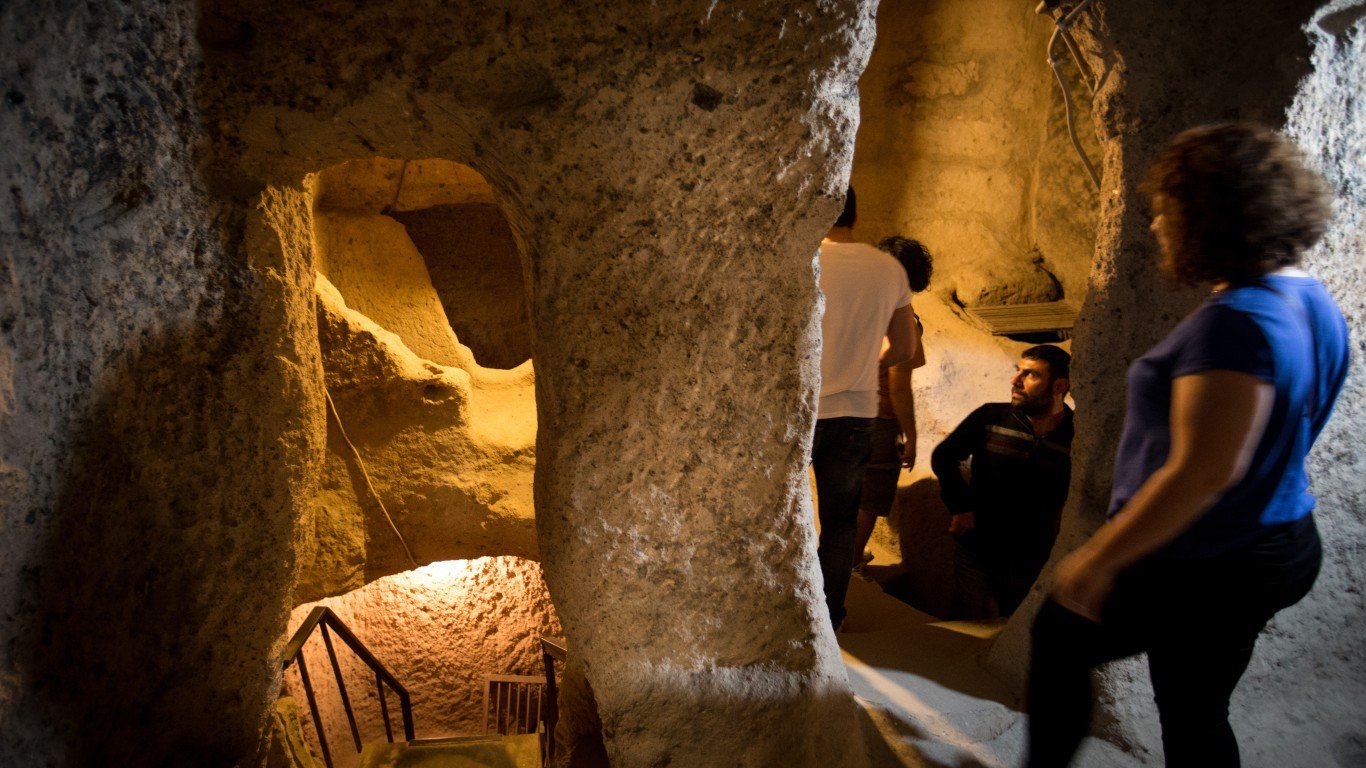
Nevsehir underground city
>Location: Turkey
>Dates to: 3000 B.C.
>Discovered: 2013
During site work for a housing development, a large underground dwelling complex was uncovered in Turkey in 2013. Multiple underground cave complexes exist in the Cappadocia region of Turkey. Archaeologists believe that these subterranean cities were used as hideouts during raids and times of religious persecution. The caves contain kitchens, chapels, barns, and even wineries, and could have housed tens of thousands of people.
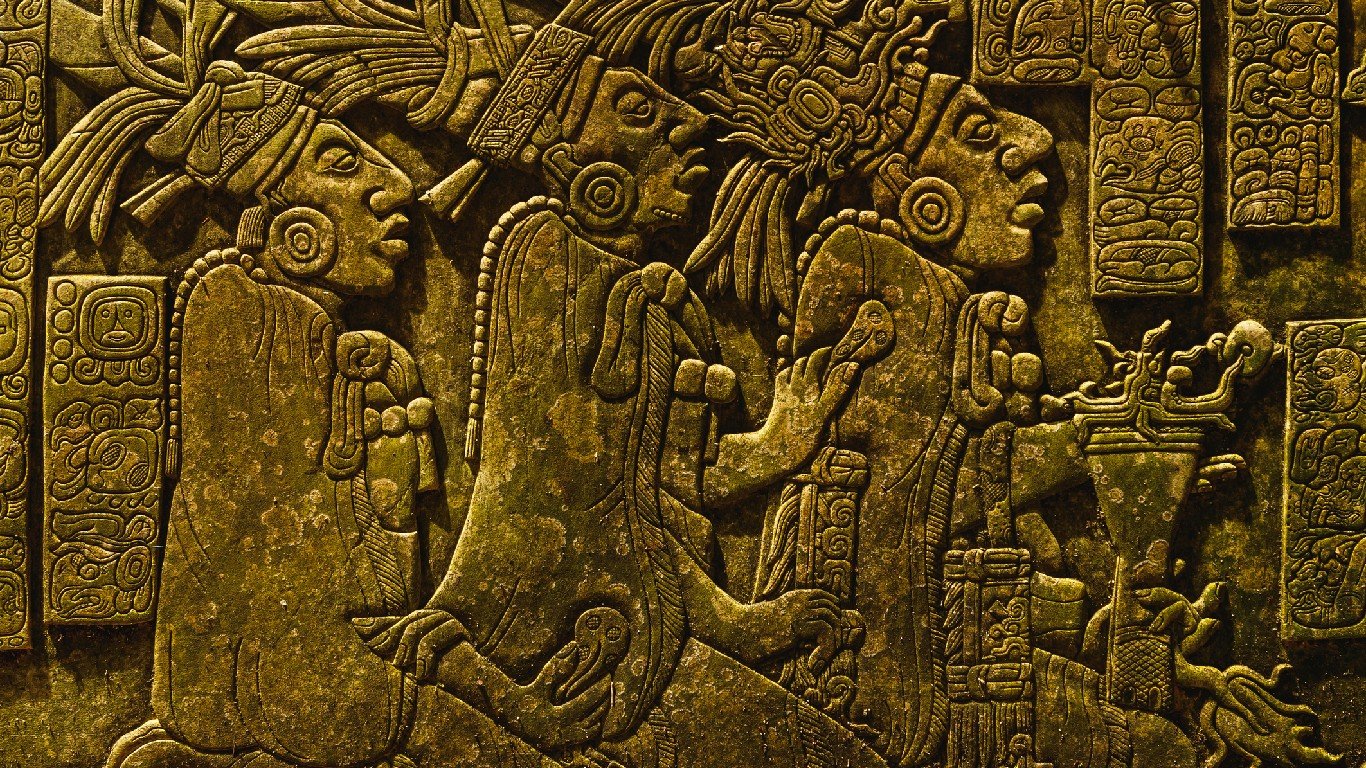
Lagunita
>Location: Mexico
>Dates to: 300 B.C.
>Discovered: 2014
The Mayan city of Lagunita, which was likely abandoned around 1000, was documented by a Swiss Archaeologist in the 1970s – but unfortunately, as he had visited on foot, the exact location was not recorded. In 2013, aerial photographs allowed Slovenian researcher Ivan Sprajc to locate the city, which contains pyramid temples, carved stone slabs, and plazas. Scientists are hoping to discover why the city was abandoned.
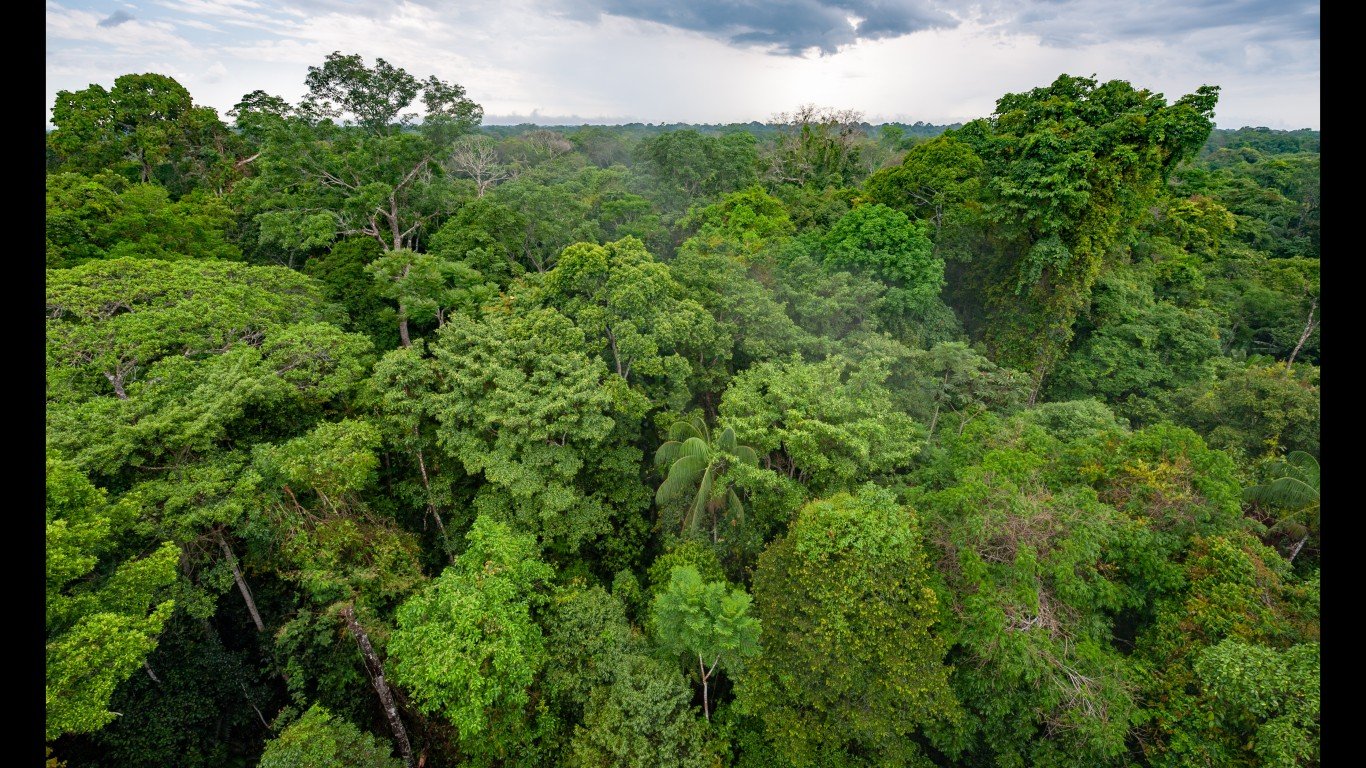
City of the Jaguar
>Location: Honduras
>Dates to: 1000
>Discovered: 2015
La Ciudad Blanca or White City is a legendary urban center of great wealth that has been sought by archaeologists and explorers for decades. Although the city may not actually exist as a single site, in 2015 a team of scientists and filmmakers found a pristine site in the rainforests of the Mosquitia region of Honduras. The ruins, which have been dubbed the City of the Jaguar, contain plazas, pyramids, stone sculptures, and many more artifacts that were partially buried.
[in-text-ad-2]
Qalatga Darband
>Location: Iraqi Kurdistan
>Dates to: 331 B.C.
>Discovered: 2016
In 331 B.C., Alexander the Great is said to have established a fortified city in modern day Iraq called Qalatga Darband. It became a center of wine production and trade before disappearing from historical accounts. When spy satellite images taken in the 1960s were declassified, aerial photos of the city were found and analyzed. The site was finally excavated in 2016, revealing pottery, Greco-Roman style ruins, a temple, and a fortified building.
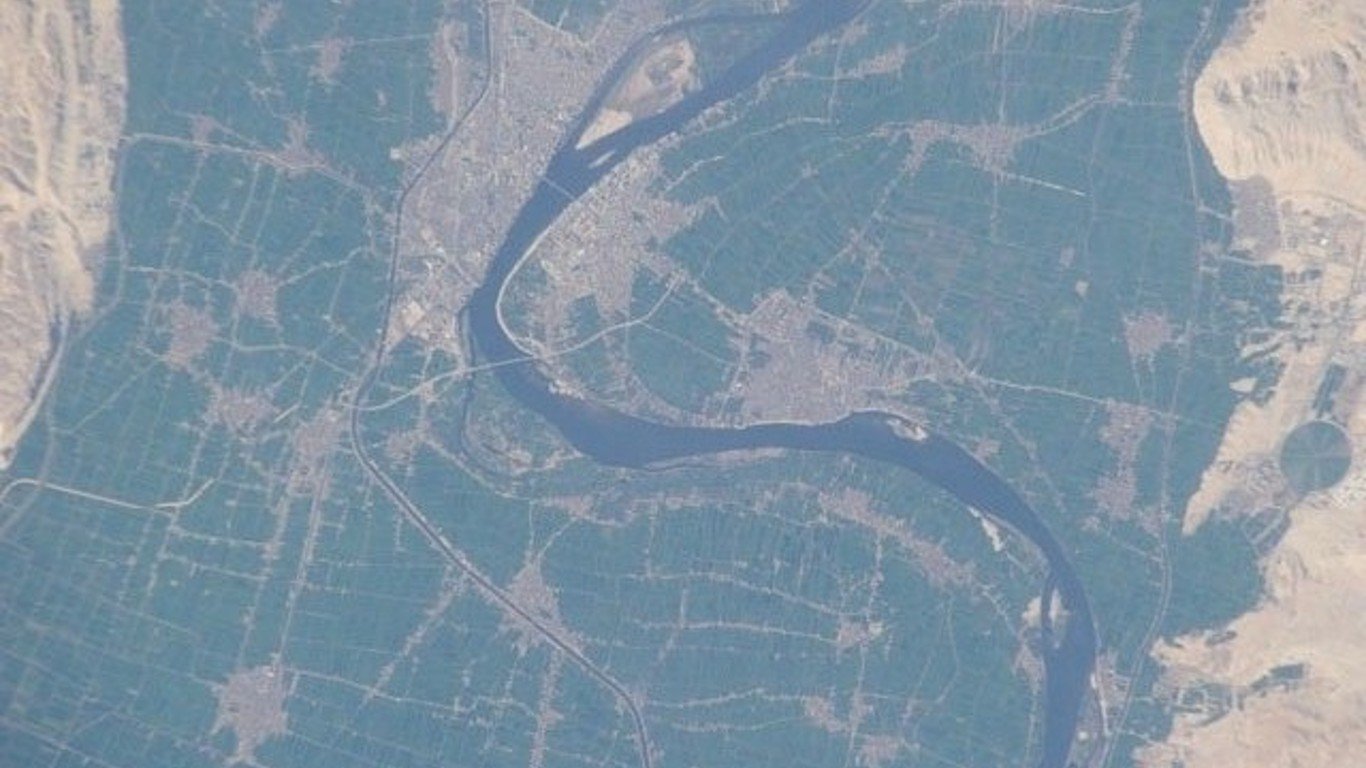
Unnamed city in Sohag
>Location: Egypt
>Dates to: 5000 B.C.
>Discovered: 2016
Near the ancient city of Abydos, scientists have uncovered a 7,000-year-old city that was likely the home of high-ranking officials and tomb builders. A cemetery containing large burial sites indicates the higher class of those buried in the city. Along with the grave sites, pottery, tools, and dwellings dating back to Egypt’s first dynasty have also been excavated.
[in-text-ad]
Vlochos
>Location: Greece
>Dates to: 500 B.C.
>Discovered: 2016
Although the Greek ruins at Vlochos, which lie on a 700-foot hilltop surrounded by flat plains, were discovered 200 years ago, the site was finally surveyed in 2016. What scientists had thought to be a small, insignificant village turned out to be an extensive city whose ruins lie mostly underground. Likely an ancient Greek city-state, the settlement thrived in the 4th and 3rd centuries B.C. before being abandoned.
Rhapta
>Location: Zanzibar
>Dates to: 50 B.C.
>Discovered: 2016
For years, historians have been trying to pinpoint the location of Rhapta, an ancient port city and trade center on the eastern coast of Africa that is mentioned in numerous historical texts. When an unusually low tide in the Zanzibar archipelago revealed strange stone formations in the water, diver Alan Sutton took note and searched for them until 2016, when he finally found what may be Rhapta. The underwater ruins are currently under excavation and contain the paved roads and plazas of a once-thriving maritime community.
Mardaman
>Location: Iraqi Kurdistan
>Dates to: 3000 B.C.
>Discovered: 2016
In 2016, archaeologists began excavating an unidentified Bronze Age settlement in Iraqi Kurdistan. It appeared to be an Akkadian city containing a palace, a large road network, a protective wall, and many large homes. When a stash of cuneiform tablets were found at the site in 2017, Akkadian language expert Betina Faist was able to identify the ancient city as Mardaman, an important trade center which was occupied continuously from 3000 to 600 B.C..
[in-text-ad-2]
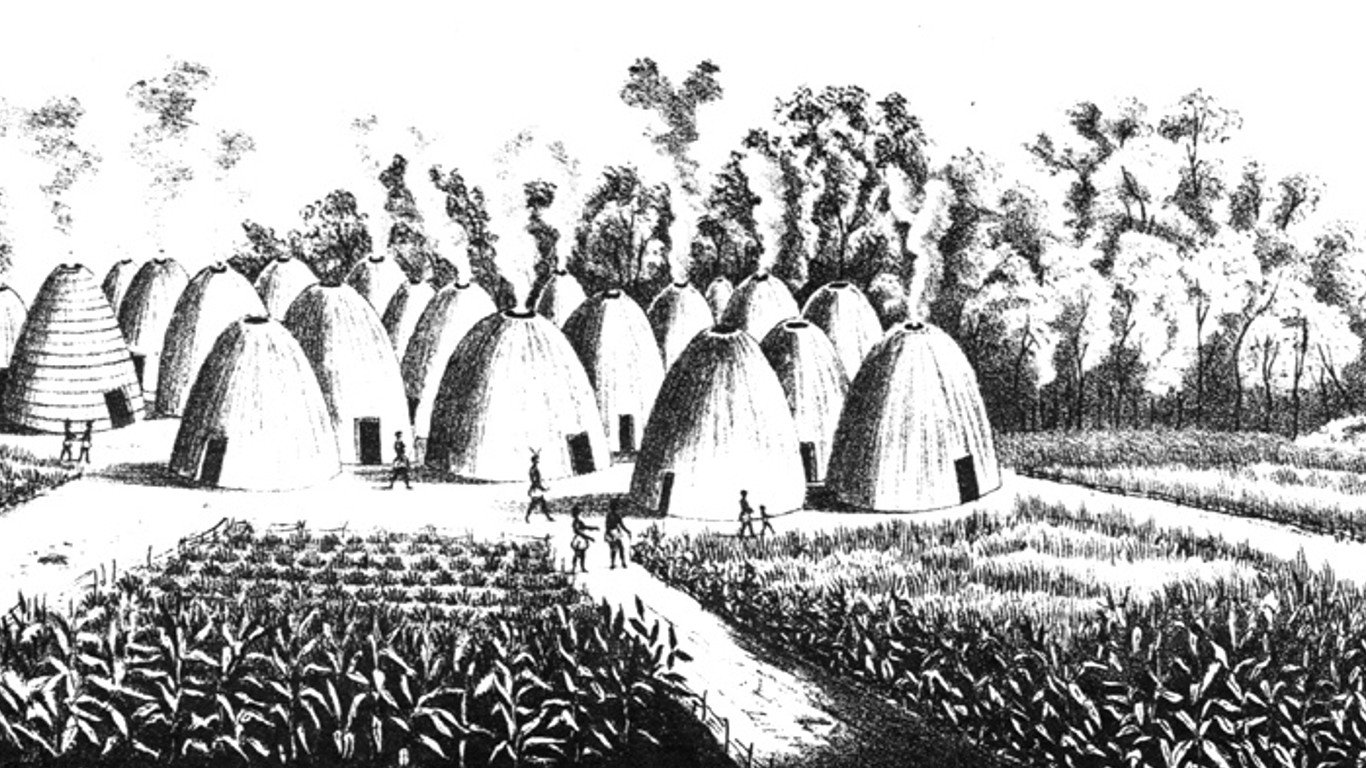
Etzanoa
>Location: Kansas, USA
>Dates to: 1450
>Discovered: 2017
After a teenager found a cannonball in a Kansas corn field, scientists were able to pinpoint the probable location of Etzanoa, a massive ancestral Wichita city that may have once been home to 20,000 people, and that became the site of a battle with the Spanish in 1601. Thermal imaging by drone has helped scientists identify a large earthwork at the site as well as multiple homes.
Neapolis
>Location: Tunisia
>Dates to: 5th century B.C.
>Discovered: 2017
At the site of the modern-day city of Nabeul, an ancient Roman city called Neapolis once stood until it was demolished by an earthquake-triggered tsunami. Left undiscovered for 1,700 years, the ruins of Neapolis were found in 2017. Among the ruins were a hundred tanks used to produce the fermented fish sauce called garum that was popular in Roman times, suggesting that the city was a major producer of the condiment.
[in-text-ad]
Tenea
>Location: Greece
>Dates to: 3rd century B.C.
>Discovered: 2018
Although a sarcophagus was found in the area in 1984, it was 34 years before archaeologists finally excavated proof of a Trojan city called Tenea in Northern Peloponnesus. Findings include sculptures, grave sites with extensive burial goods, stone walls, marble floors, bronze jugs, and gold and silver coins. Prior to these discoveries, Tenea was only known from ancient texts as a city founded by prisoners after their defeat in the Trojan War.

Limnae
>Location: Turkey
>Dates to: 700 B.C.
>Discovered: 2018
Until 2018, the ancient city of Limnae was only known through historical texts. Founded by Ionians, it became a bustling port and the richest city on the Gallipoli Peninsula. Excavation teams searching for the city for three years finally uncovered pottery and tiles in 2018 and were able to pinpoint Limnae’s location near the Beşyol plain. Most of the city still lies underground.
Mayan “megalopolis”
>Location: Guatemala
>Dates to: 500
>Discovered: 2018
Using topographical maps made by LiDAR, scientists have found connections between many already discovered Mayan cities in Guatemala, as well as multiple previously unknown cities covered by dense rainforest, revealing a Mayan megalopolis much larger than they formerly thought. Over 60,000 ancient structures have been outlined, including pyramids, elevated highways, defensive structures, canals, and irrigation systems. This civilization may have supported 10 to 15 million people at its height.
[in-text-ad-2]
Unnamed Amazonian civilization
>Location: Brazil
>Dates to: 1250
>Discovered: 2018
By analyzing satellite imagery and visiting two dozen field sites, scientists have been able to piece together a map of an Amazonian civilization that thrived between 1250 and 1500. Tracts of rainforest previously thought to be uninhabited were actually home to a society of over a million inhabitants. Earthworks that may have been used ceremonially have been found in what were likely fortified villages deep in the rainforest, upending the prevailing notion that pre-Columbian Amazonian society was clustered around waterways.
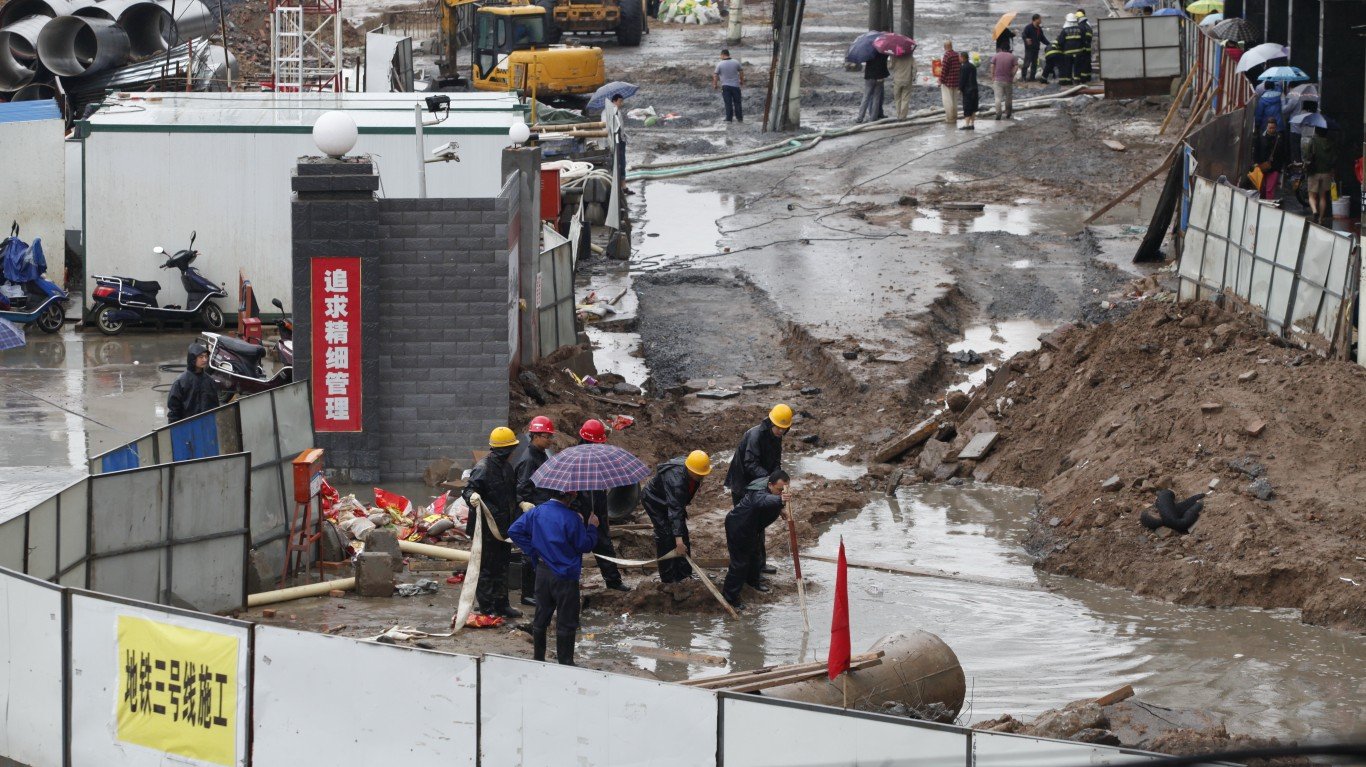
Qin Dynasty capital
>Location: China
>Dates to: 221 B.C.
>Discovered: 2019
A subway line construction in the city of Xi’an in Northwest China was halted when the ruins of an ancient capital dating back to the Qin dynasty were unearthed. The ancient city of Feiqiu dates back 2000 years to China’s warring states period. Findings such as this are common in Xi’an, which has served as the capital for 13 dynasties; numerous subway excavations have led to historical findings in the city.
[in-text-ad]
En Esur
>Location: Israel
>Dates to: 7000 B.C.
>Discovered: 2019
Near the town of Motza, three miles west of Jerusalem, a Neolithic settlement with a Bronze Age settlement built on top of it was excavated during a survey for a new highway. The site is possibly the largest excavation from the Bronze Age in the Middle East and contains evidence of advanced urban planning including large buildings, roads, graveyards, intensive agriculture, a temple, and fortifications.

Aten
>Location: Egypt
>Dates to: 1391 B.C.
>Discovered: 2020
The so-called Dazzling Aten was the largest city of its time in Egypt, dating back to Pharaoh Amenhotep III. Hidden under sand for millennia, this massive lost city metropolis found in 2020 near Luxor, in what is considered to be the biggest discovery in Egypt since Tutankhamun’s tomb was unearthed. Many structures and artifacts are in pristine condition. So far, archaeologists have uncovered burial grounds, intact 10-foot walls, houses full of possessions including jewelry, and a large industrial bakery.
Türkmen-Karahöyük city
>Location: Turkey
>Dates to: 1400 B.C.
>Discovered: 2020
While surveying an ancient mound called Türkmen-Karahöyük, a group of archaeologists talked to a local farmer who’d seen a stone with inscriptions on it in an irrigation canal. Upon finding and translating the stone, they realized they’d come upon a kingdom ruled by King Hartapu, who defeated King Midas in the 8th century B.C. The site appears to cover 300 acres and the team expects to find monuments, dwellings, and a palace inside the mound.
Take This Retirement Quiz To Get Matched With An Advisor Now (Sponsored)
Are you ready for retirement? Planning for retirement can be overwhelming, that’s why it could be a good idea to speak to a fiduciary financial advisor about your goals today.
Start by taking this retirement quiz right here from SmartAsset that will match you with up to 3 financial advisors that serve your area and beyond in 5 minutes. Smart Asset is now matching over 50,000 people a month.
Click here now to get started.
Thank you for reading! Have some feedback for us?
Contact the 24/7 Wall St. editorial team.
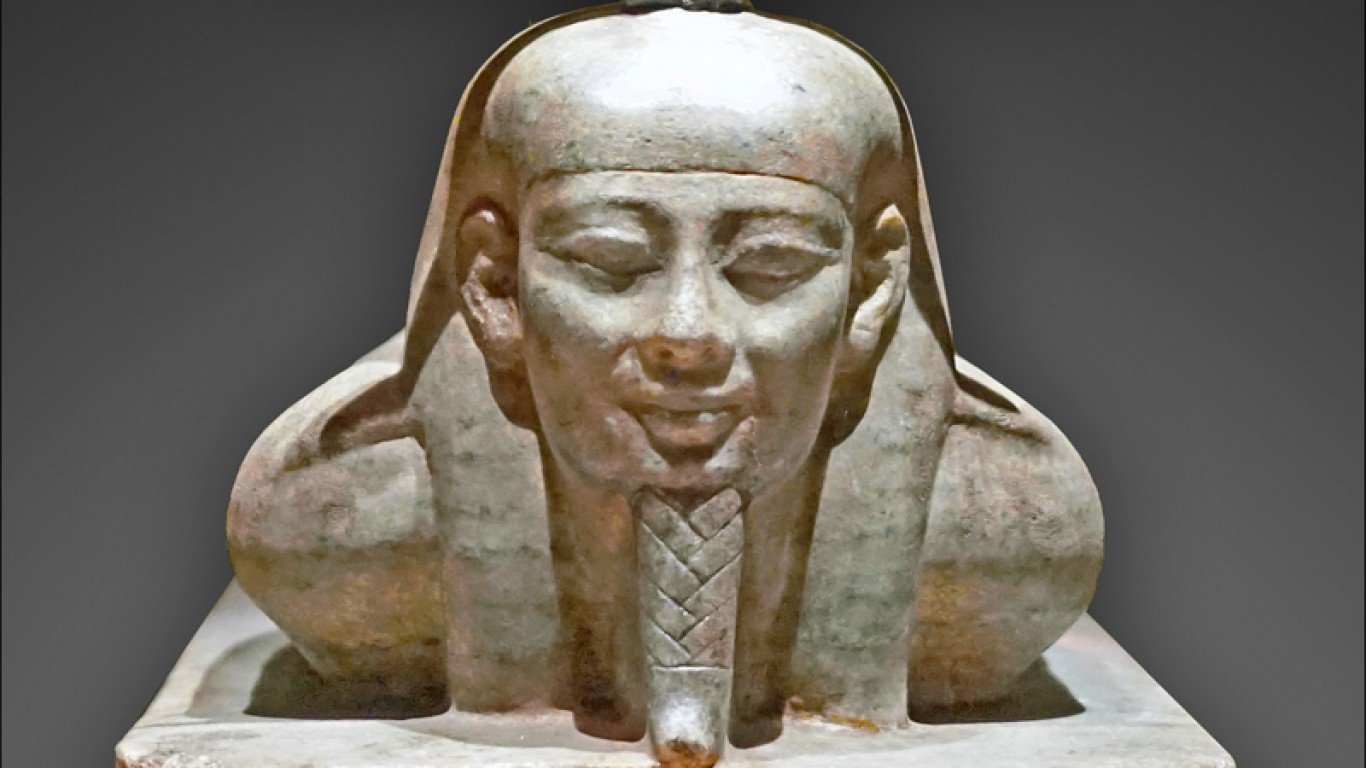
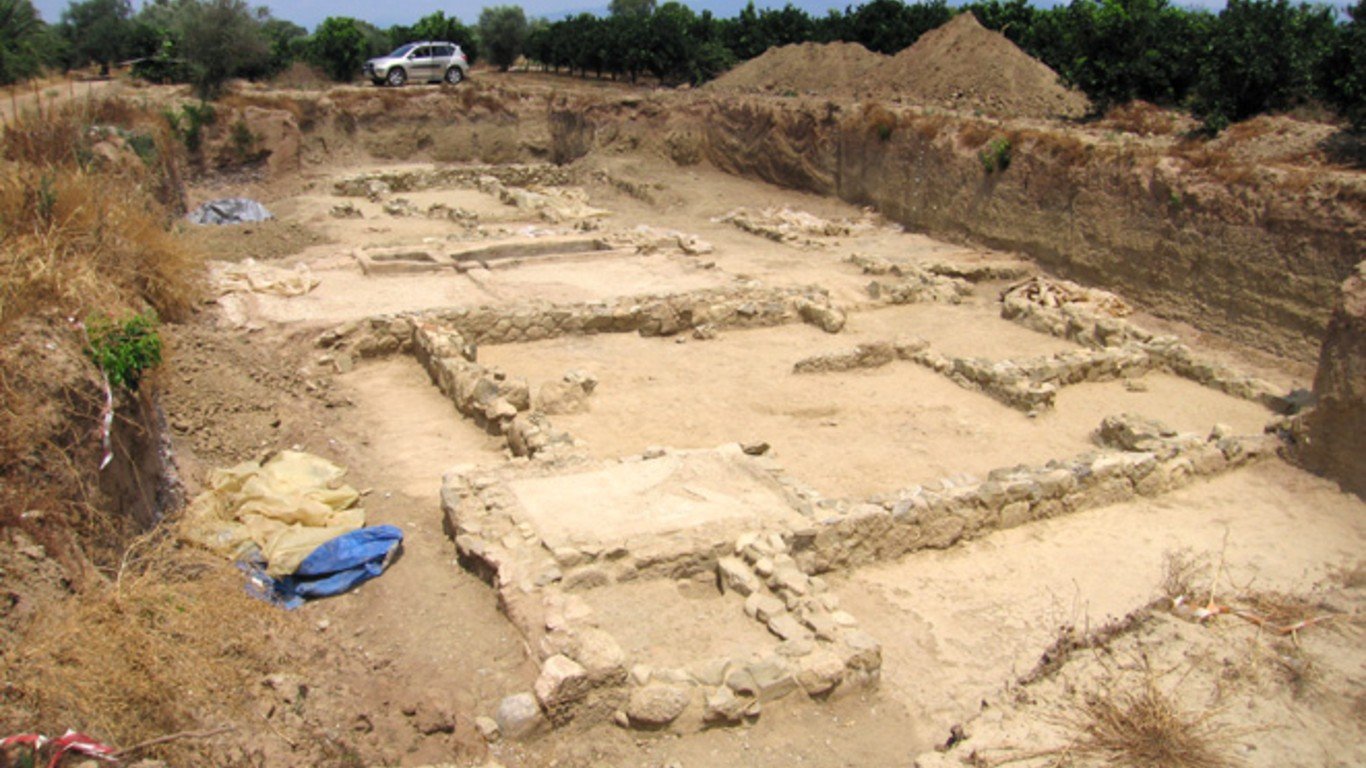
 24/7 Wall St.
24/7 Wall St.
 24/7 Wall St.
24/7 Wall St.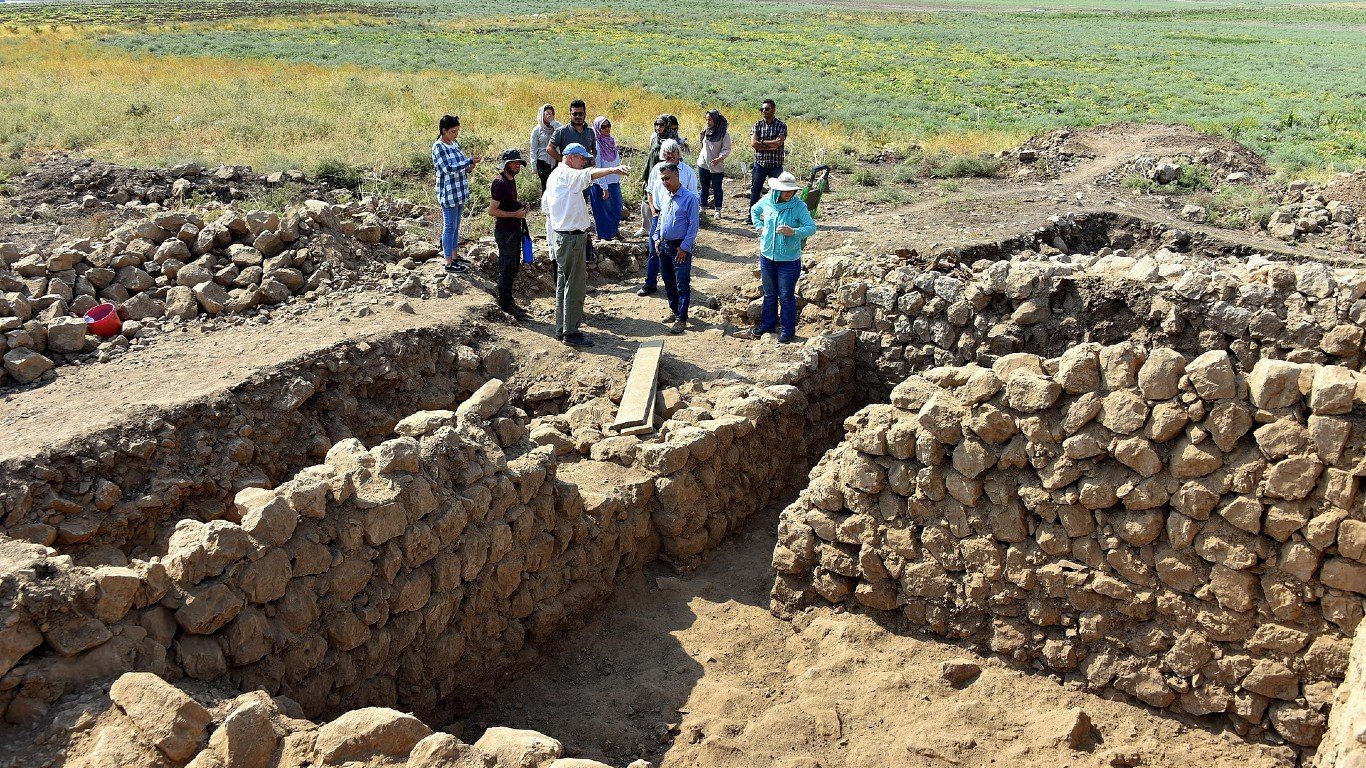
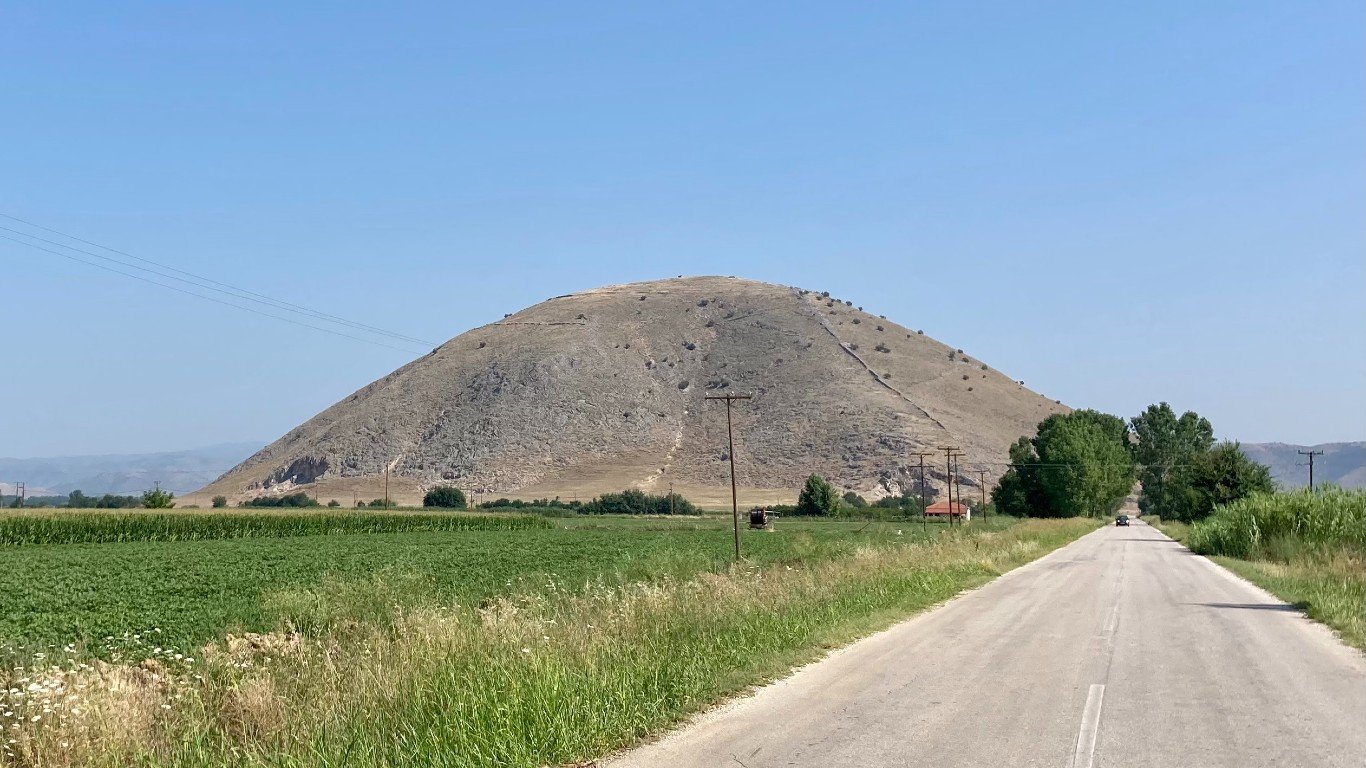
 24/7 Wall St.
24/7 Wall St.
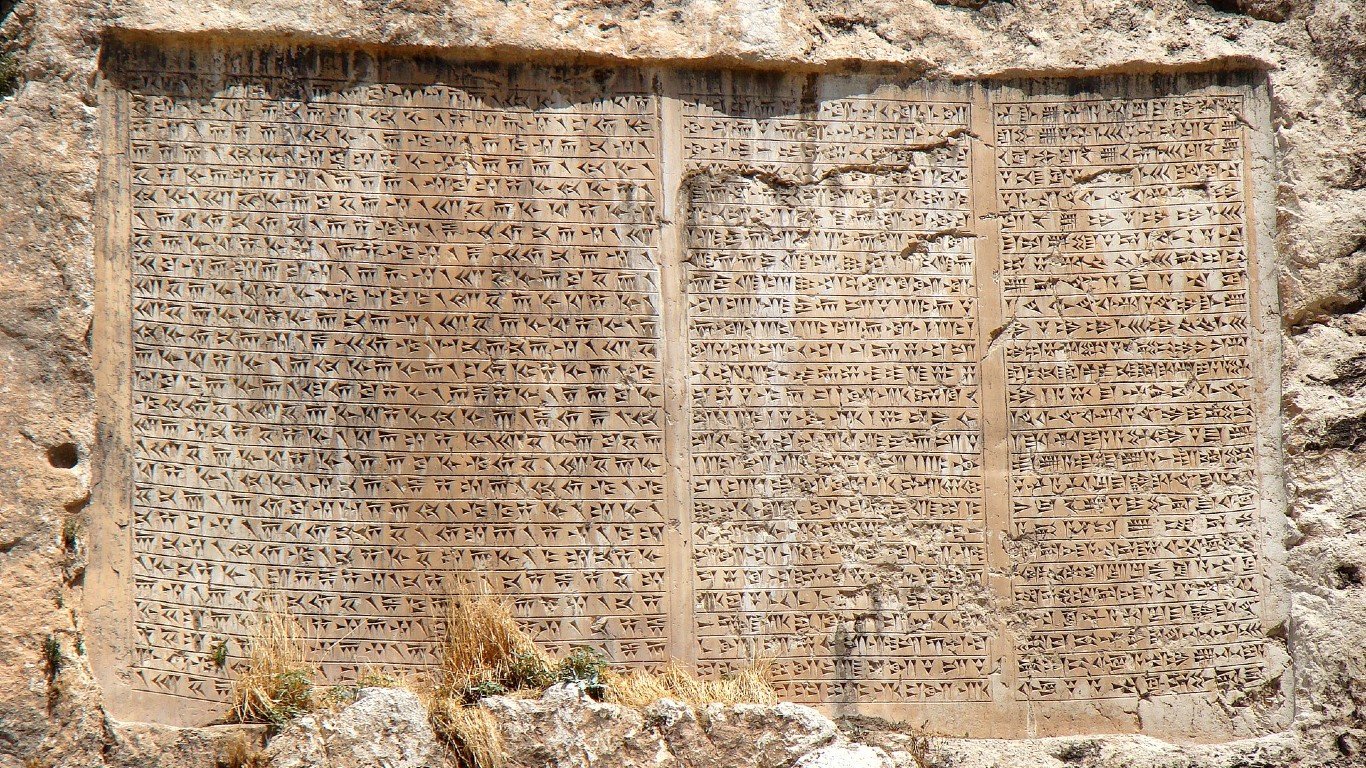
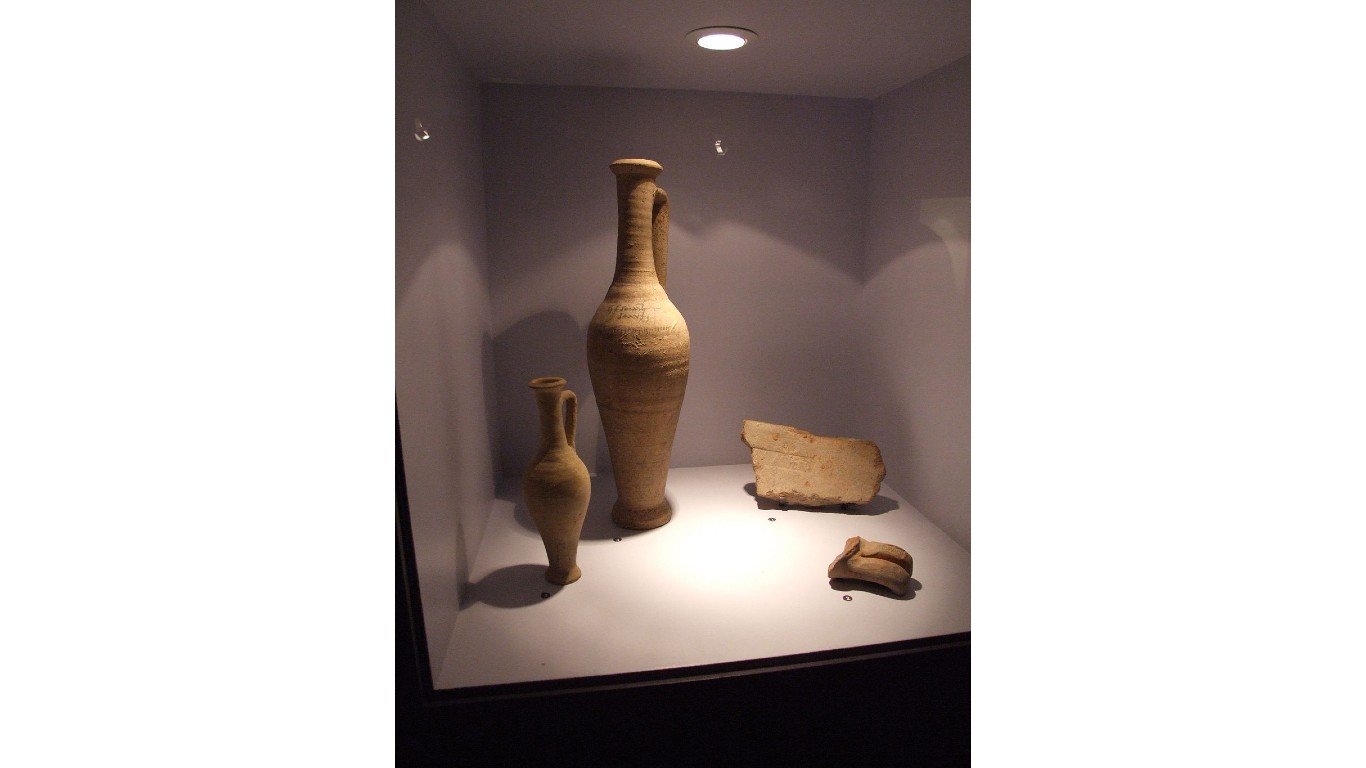
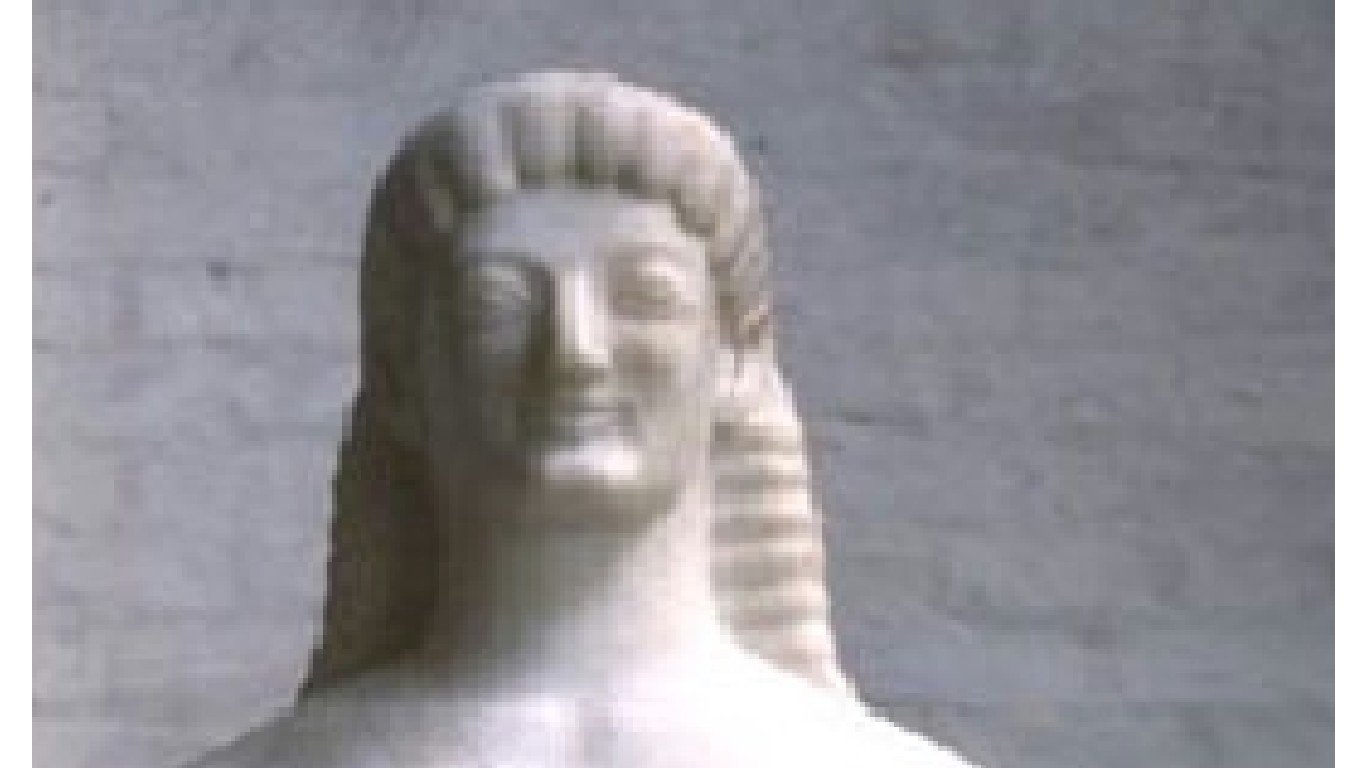
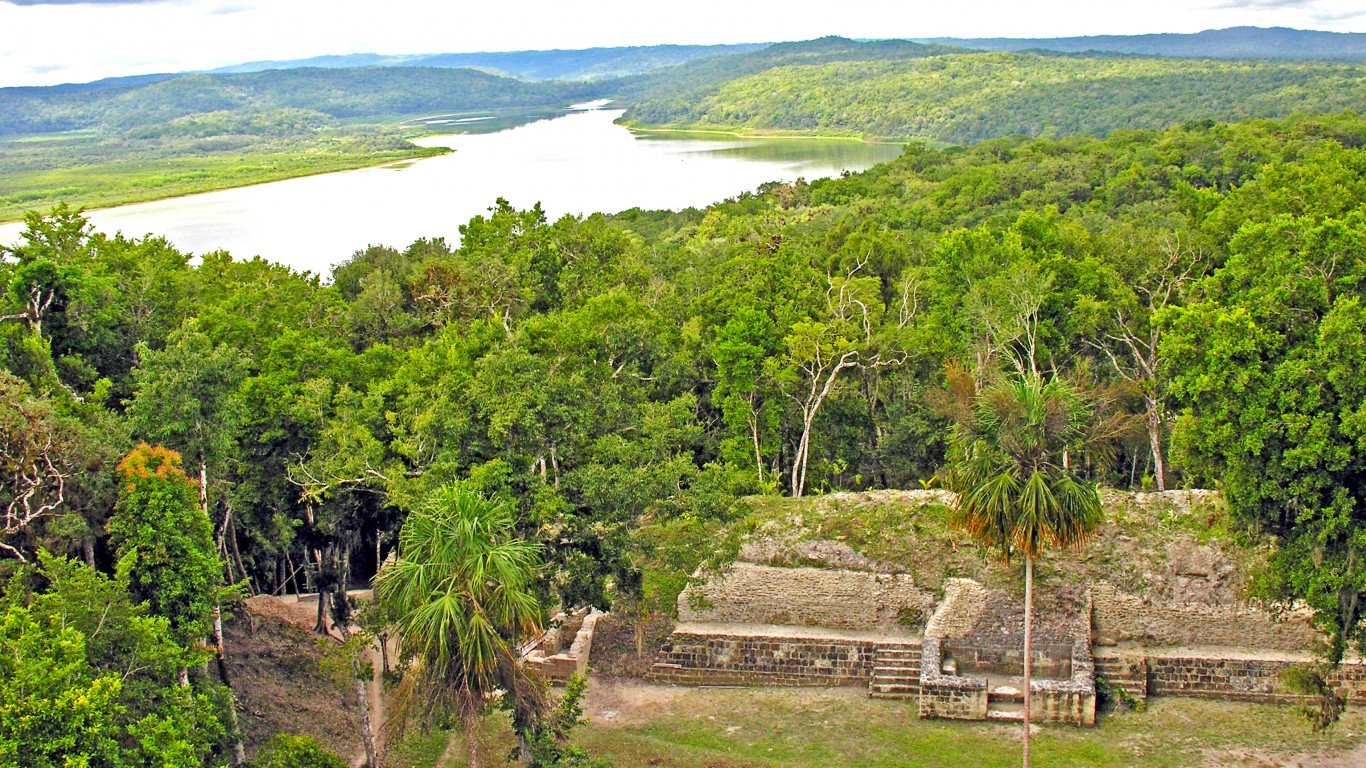
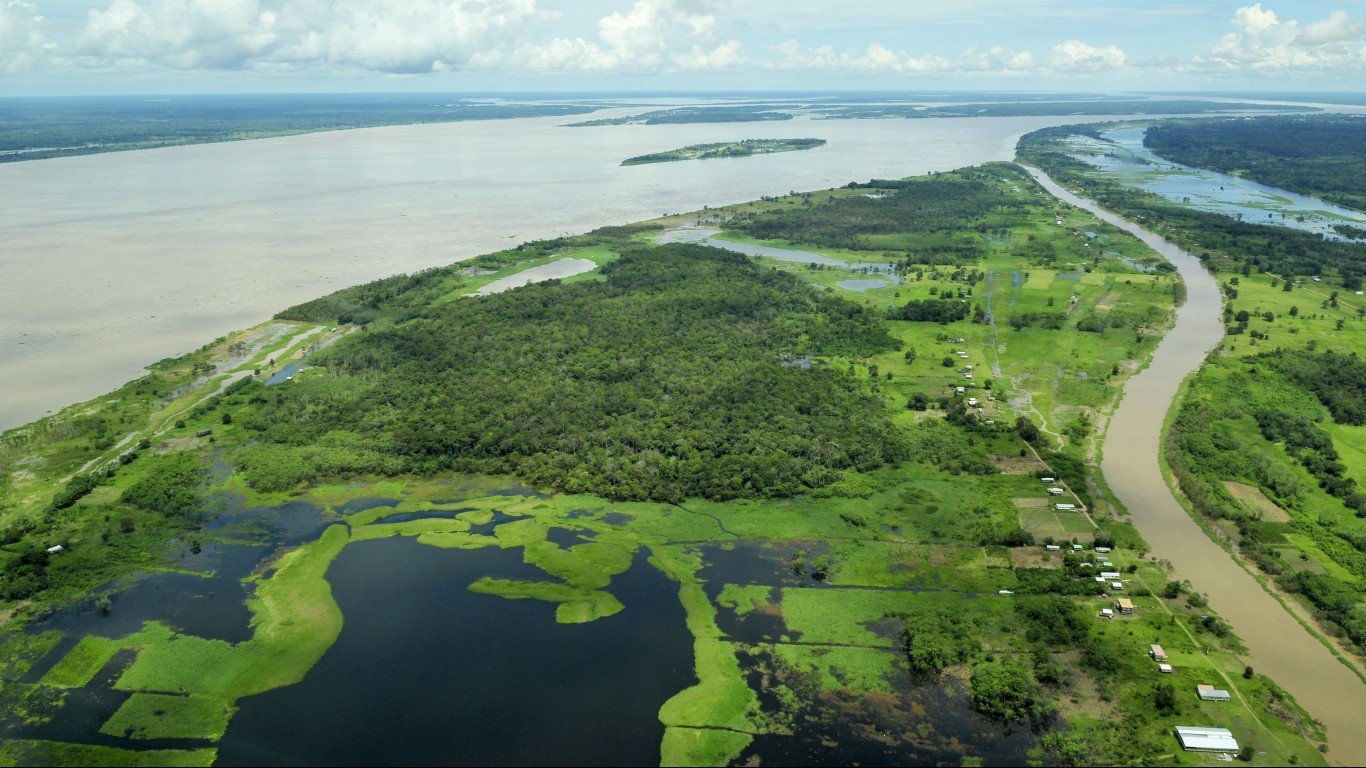
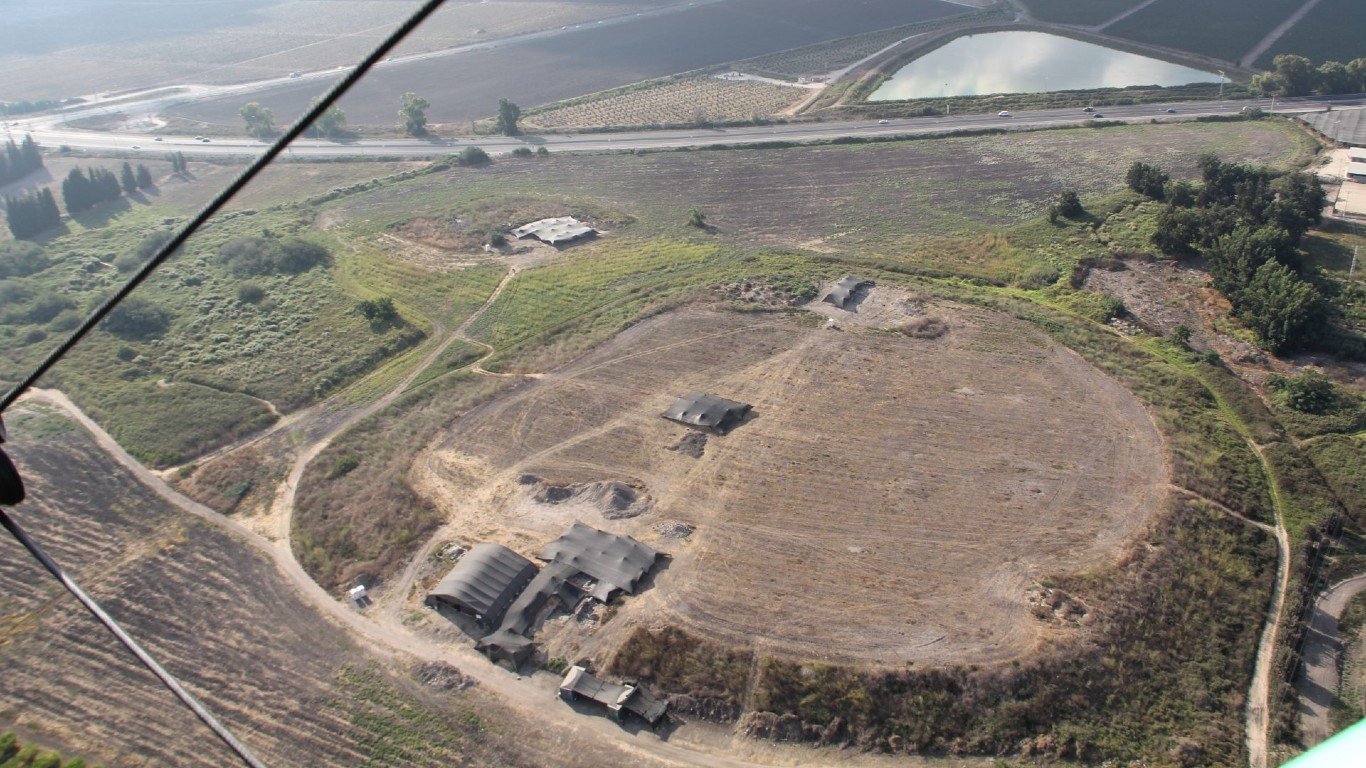
 24/7 Wall St.
24/7 Wall St.